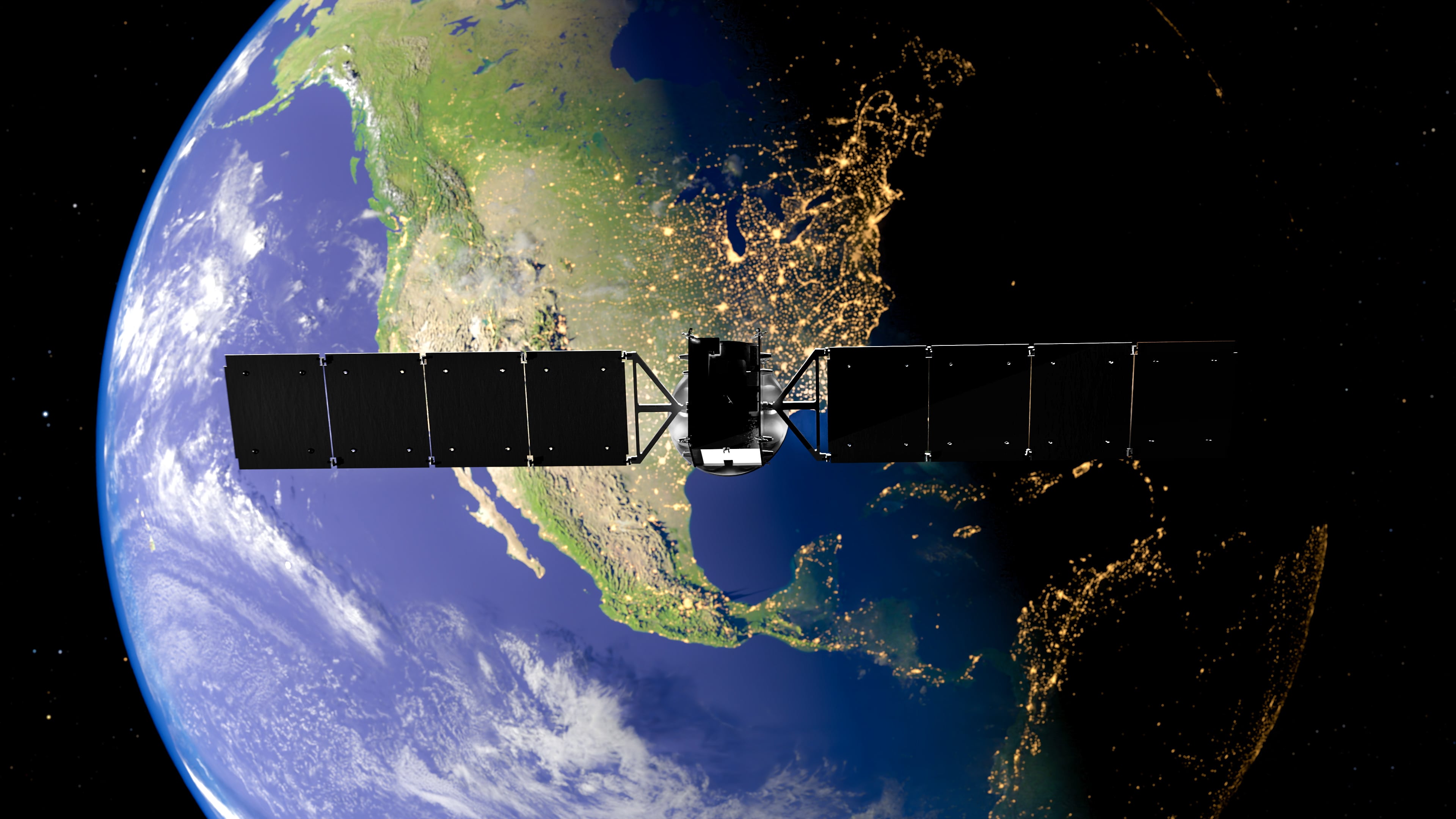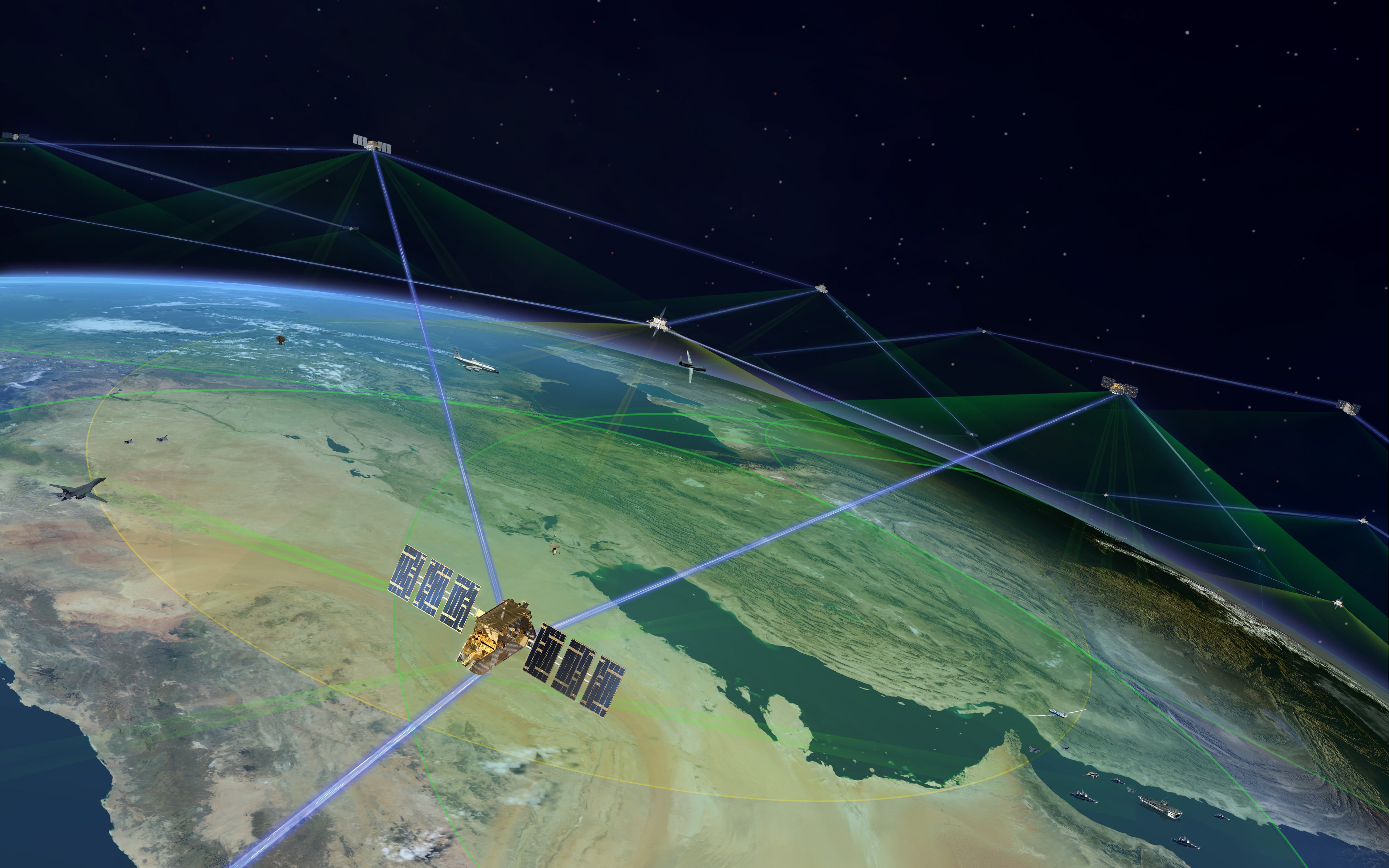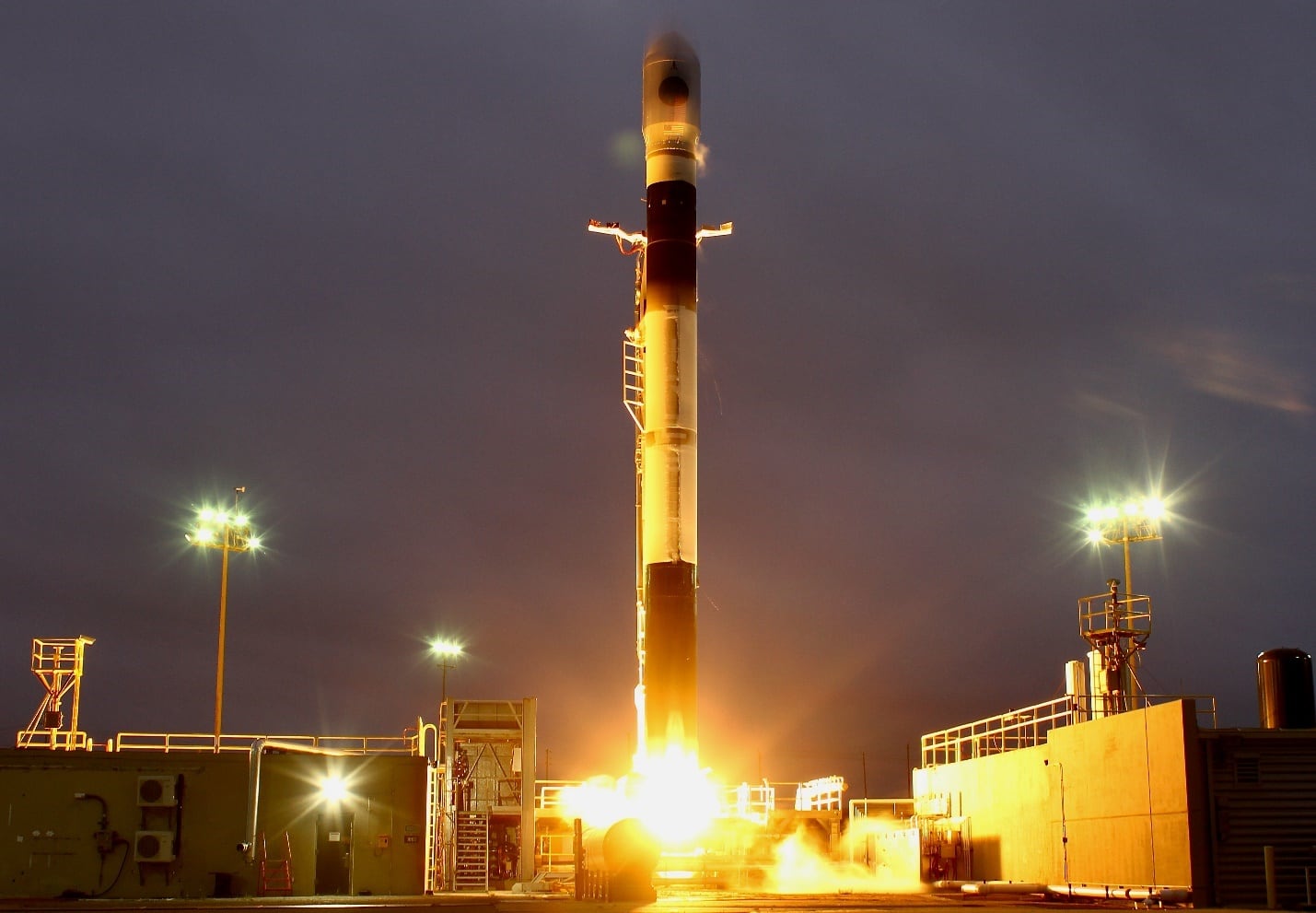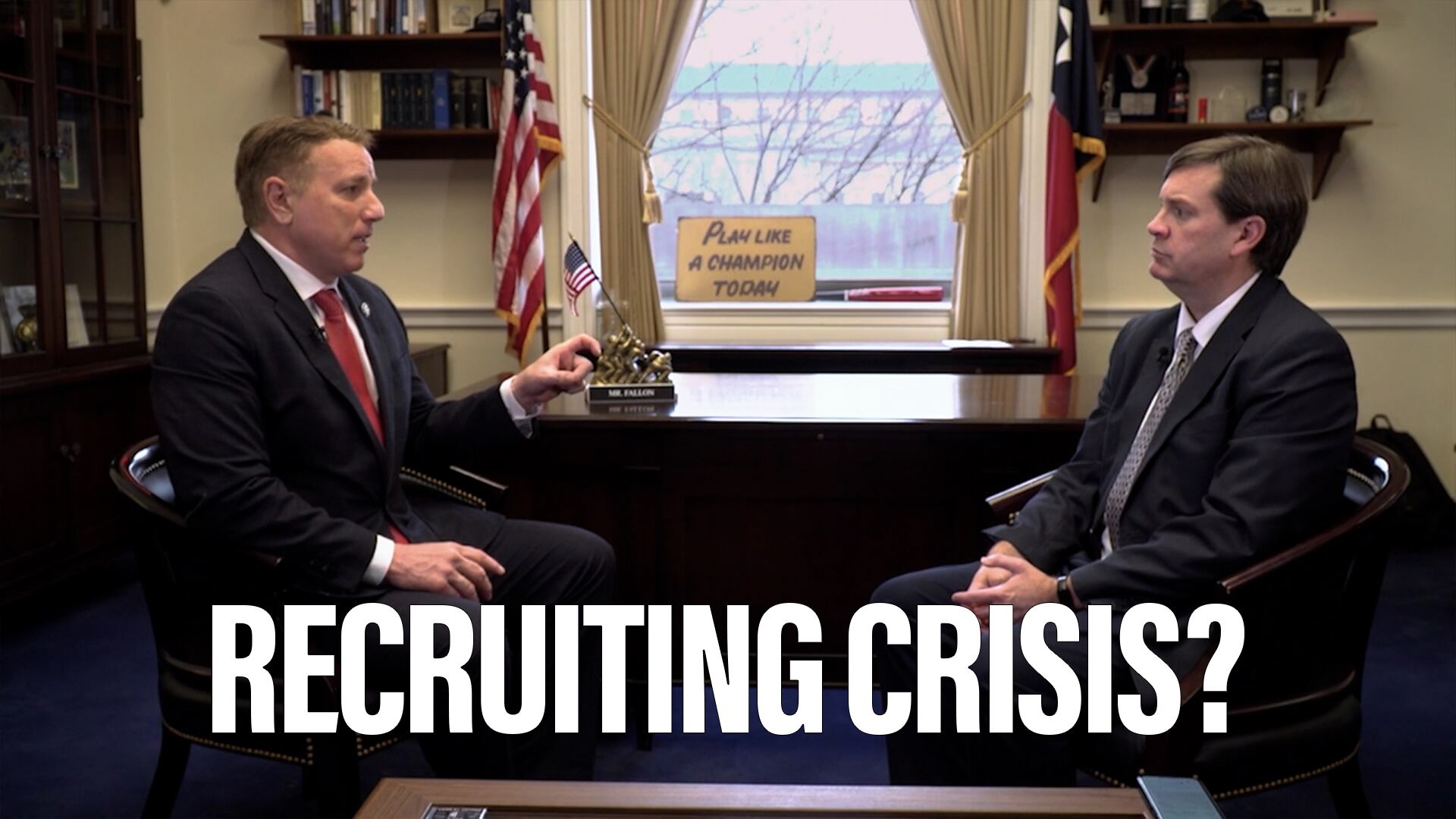WASHINGTON — The Space Force should establish a mix of established and emerging launch providers as it finalizes its strategy for the next phase of lift procurements, the White House’s nominee to lead the service said Tuesday.
The service expects to finalize its acquisition plan for Phase 3 of its National Security Space Launch Program this fall in preparation for a competition in 2024. Lt. Gen. Chance Saltzman told the Senate Armed Services Committee during his Sept. 13 confirmation hearing the Space Force is trying to strike a balance between maintaining the capabilities of its current vendor base and encouraging more competition and flexibility in future procurements.
“We’re still trying to figure out the best way to bend the requirements to take advantage of both the high-end established launch service providers but also find room for these emerging smaller launch service providers,” said Saltzman, who now serves as deputy chief of space operations. “I think that mix creates the kind of flexibility we need, and it’s just about getting the requirements set just right.”
The Space Force in 2020 awarded five-year contracts to United Launch Alliance and SpaceX to provide lift services for more than 30 planned Phase 2 NSSL launches between fiscal 2022 and fiscal 2027. ULA, once the sole government large-class launch provider, won a 60% cut of the missions and SpaceX, a commercial launch company and new entrant to the national security market, secured the rest.
Although the launches included in the Phase 2 deal will continue through fiscal 2027, orders for those services end in fiscal 2024, and the Space Force plans to begin soliciting bids for Phase 3 that same year.
The Phase 2 contract, which is focused on procuring large rockets to support high-end missions, put the service on a path to opening what was a closed, sole-source market for military space launches — and the next procurement round could push it even further. For Phase III, the service is considering opening competition to a smaller classes of lift providers and adopting a different acquisition model.
The service’s top acquisition executive, Frank Calvelli, told reporters in June that one option is to choose multiple companies to compete for individual task orders, which could allow the Space Force to more easily add new vendors as its needs change.
Some lawmakers are on board with this approach. The House Armed Services Committee’s version of the fiscal 2023 defense policy bill included language encouraging the Space Force to open competition to more launch companies and weigh alternatives to the Phase 2 acquisition model.
Saltzman said this week that in order for the service to maintain assured access to space, it needs the agility that comes from “maximizing” the number of launch providers.
“We’ll see as we get closer to the final decisions how that strategy plays out,” he said. “But if confirmed, I look forward to getting inputs from all the committee members as well as other stakeholders in this critical mission set for the Space Force.”
Asked by Sen. Deb Fischer, D-Neb., how the service will consider risk to key space missions as it brings on new providers, Saltzman acknowledged it will require a balanced approach. He noted that while adding launch companies to its acquisition pool could introduce mission risk, not adapting to the market carries its own potential for adverse results.
“There’s risk to the mission, but there are also cost overruns that we want to avoid,” he said. “Spending too much for these required mission sets is something that’s on my mind. And so, I think we just need to pull as many key opinions from all the stakeholders together to make the wise decision for the strategy going forward.”
Courtney Albon is C4ISRNET’s space and emerging technology reporter. She has covered the U.S. military since 2012, with a focus on the Air Force and Space Force. She has reported on some of the Defense Department’s most significant acquisition, budget and policy challenges.








